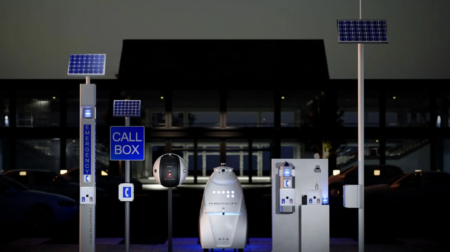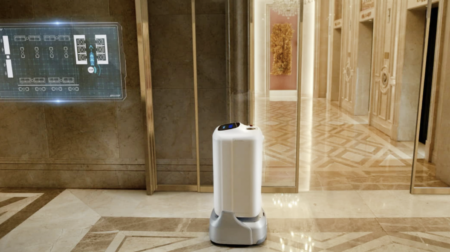The global service robotics market is set to gain traction following the increasing adoption of these robots in a wide range of sectors, according to a new report by Fortune Business Insights.
This new report, titled Service Robotics Market Size, Share & Covid-19 Impact Analysis, looked at type of service robot both professional and personal, as well as application such as domestic, industrial and commercial. It also provided a regional forecast between 2020-2027.
The report states that the market size was US$12.88bn (£9.6bn) in 2019 and is projected to reach US$41.49bn (£31.3bn) by 2027, exhibiting a CAGR of 15.9% during the forecast period.
Covid-19 was listed as a driving factor of this growth in the report. It found that the demand for service robotics is surging from the healthcare sector rapidly. Several companies are developing medical robots to help prevent transmission of the coronavirus and to check body temperatures.
It also quoted that rise in AI and machine learning as a factor in the bolstered growth of service robots. The developing technology is aiding in the transformation of the task-performing capacity of humans. Earlier this year, the International Federation of Robotics declared that in the past two decades, the number of robots has surged three-folds.
Furthermore, the deployment on unmanned aerial vehicles by the defence industry has also helped the growth of the commercial sub-segment.
However, the report did raise concerns that service robots require a high initial investment for programming, procurement, accessories, and integration processes. This factor may hamper the service robotics market growth in the near future.
It also looked at the geographical split, with Europe procured US$4.21bn in terms of revenue in 2019. This growth is attributable to the increasing demand for personal and professional robots in the region. Also, the need of service robots from retail, medical, defence, and logistics sectors in this region would accelerate growth.
Asia Pacific, on the other hand, is anticipated to showcase the highest CAGR throughout the forthcoming years because of the rising government investments in AI, robotics, and automation.








